Check valves are designed to allow fluid flow in one direction only, preventing backflow that could damage equipment or disrupt system operations. Here are the common types of check valves:
1. Swing Check Valve
- Description: Features a disc that swings on a hinge or pin to allow flow in one direction and close to block reverse flow.
- Applications: Ideal for applications with lower flow velocities and less frequent flow reversals, such as water and wastewater systems.
- Advantages: Simple design, effective at preventing backflow.
- Disadvantages: Can be prone to water hammer and can be noisy.
2. Ball Check Valve
- Description: Uses a ball that moves to seal the flow path and prevent backflow. When flow is in the correct direction, the ball moves away from the seat. When flow reverses, the ball seals against the seat.
- Applications: Suitable for applications with varying flow rates and higher pressures, such as in industrial and hydraulic systems.
- Advantages: Reliable sealing, effective in a wide range of pressures and flow rates.
- Disadvantages: Can be more susceptible to wear and clogging with debris.
3. Lift Check Valve
- Description: Contains a disc or valve seat that lifts off the seat to allow flow in one direction and falls back to prevent backflow.
- Applications: Common in applications where the fluid flow is more constant and stable, such as in water supply and steam systems.
- Advantages: Compact design, reduces the risk of water hammer.
- Disadvantages: Can be less effective with low flow rates or where flow direction changes frequently.
4. Tilting Disc Check Valve
- Description: Features a disc that tilts on a hinge to open for forward flow and closes to prevent reverse flow. The tilting mechanism helps to reduce pressure drops.
- Applications: Used in systems where space is limited and in high-flow applications such as water treatment and industrial processes.
- Advantages: Low pressure drop, reduced risk of water hammer.
- Disadvantages: Requires precise installation to ensure proper alignment and function.
5. Spring-Loaded Check Valve
- Description: Uses a spring to keep the valve closed until flow is sufficient to overcome the spring pressure and open the valve.
- Applications: Useful in systems requiring more controlled flow or where flow direction may change frequently.
- Advantages: Provides a tight seal and can be used in a variety of flow conditions.
- Disadvantages: The spring may require periodic maintenance or replacement.
6. Wafer Check Valve
- Description: A compact and lightweight valve designed to fit between flanges in a pipeline. It uses a disc or flap to control flow.
- Applications: Ideal for applications where space is a constraint and for installation between existing flanges.
- Advantages: Space-efficient, cost-effective.
- Disadvantages: Limited to certain pressure and temperature ranges.
7. Dual Plate Check Valve
- Description: Features two plates that pivot on a hinge to open and close, allowing flow in one direction and blocking backflow.
- Applications: Suitable for high-flow and high-pressure applications, such as in large water and oil pipelines.
- Advantages: Low pressure drop, compact design.
- Disadvantages: More complex design, which can lead to higher costs and maintenance needs.
8. Inline Check Valve
- Description: Installed directly in the pipeline, it can be of various types (e.g., ball, disc, or spring-loaded) and is designed for easy installation and maintenance.
- Applications: Common in water and wastewater systems, as well as in chemical and industrial applications.
- Advantages: Easy to install and replace.
- Disadvantages: May require more space than other types of check valves.
Choosing the Right Check Valve:
- Flow Rate and Pressure: Ensure the check valve can handle the system’s flow rate and pressure.
- Application Needs: Consider the type of fluid, potential for clogging, and installation space.
- Maintenance Requirements: Some check valves require more maintenance than others.
Each type of check valve has its own advantages and disadvantages, making it important to select the right valve based on your specific application requirements.


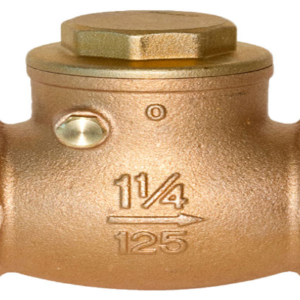
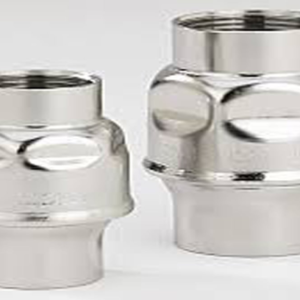
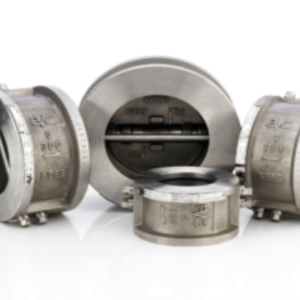
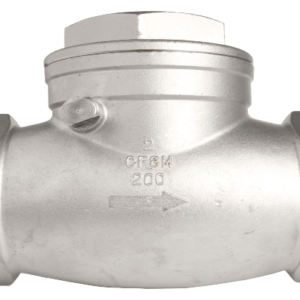
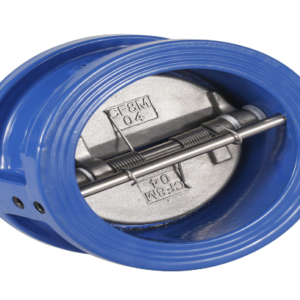
Reviews
There are no reviews yet.